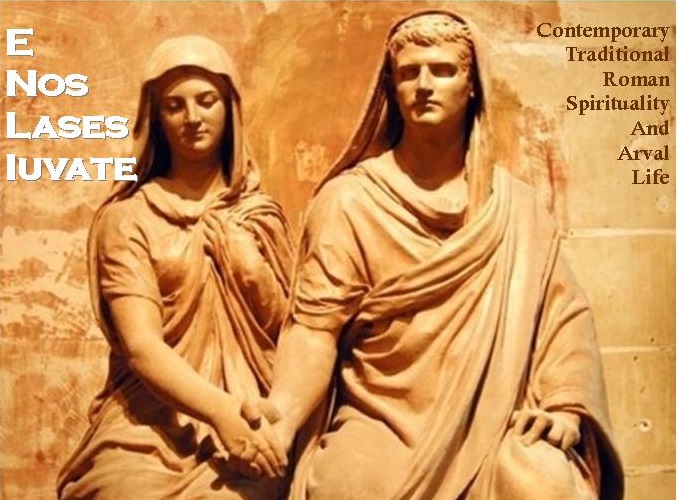An Ancient Beliver cannot even imagine that Deities can have human appearance: arms, legs, long beards, cloths, etc. Anthropomorphous representations, typical in statues, are popular figurations in which finally mankind represents and beatifies itself.
Deities can be perceived and they can be represented by their sacred symbols. All this is passed on and described by Myths. Myths are not fairy tales or legends: they are sacred stories directed to reveal a "mystery" focused on Gods and Goddesses or Heroes and Ancestors. A myth describes a sacred reality happened in illo tempore, ab origine.
Myths describe sacred realities becauses what is sacred is what is real by definition because it has an exemplary model. What is profane has no exemplary models.
In this way, for example agricultural works are sacred activities becaused based on rites revealed by the Divine through a myth. Today agriculture is not a sacred activity being a profane act because based only on the land exploitation for economic purposes, only to produce food, to gain money. Deprived by its sacred meaning, agriculture becomes a bleak and non-sense activity: the effects of such a change are evident to us everyday.
These considerations can be extented to all the human activites in the contemporary society: anything is completely deprived by any religious meaning. We are making only profane acts. and no God or Goddess or Ancestor has never revelaed a profane act.
Anything linked to a myth is sacred: what is made by mankind is profane and not real. The more man/woman is religious, the more he/she is comform to exemplary models inspired by the Divine: the more a man/woman is religious, the more he/she becomes real. It's a form of progressive awaking.
This is maybe the aim and the meaning of any myth: they drive us towards the sacred sphere and therefore in the sphere of reality within a Sacred Space and Time. Myths create exemplary ethical models giving a sense both to physiological events (i.e. food and nutrition) and social functions (politics, economy, etc.)
When undertaking the Via on the one hand, imitating Gods and Goddesses, we remain in a sacred dimension. On the other hand, with a ritualization of acts and gestures, we sacralize the World and, with our religious behaviour, we contribute to defend the sacralization of the World itself.
Deities can be perceived and they can be represented by their sacred symbols. All this is passed on and described by Myths. Myths are not fairy tales or legends: they are sacred stories directed to reveal a "mystery" focused on Gods and Goddesses or Heroes and Ancestors. A myth describes a sacred reality happened in illo tempore, ab origine.
Myths describe sacred realities becauses what is sacred is what is real by definition because it has an exemplary model. What is profane has no exemplary models.
In this way, for example agricultural works are sacred activities becaused based on rites revealed by the Divine through a myth. Today agriculture is not a sacred activity being a profane act because based only on the land exploitation for economic purposes, only to produce food, to gain money. Deprived by its sacred meaning, agriculture becomes a bleak and non-sense activity: the effects of such a change are evident to us everyday.
These considerations can be extented to all the human activites in the contemporary society: anything is completely deprived by any religious meaning. We are making only profane acts. and no God or Goddess or Ancestor has never revelaed a profane act.
Anything linked to a myth is sacred: what is made by mankind is profane and not real. The more man/woman is religious, the more he/she is comform to exemplary models inspired by the Divine: the more a man/woman is religious, the more he/she becomes real. It's a form of progressive awaking.
This is maybe the aim and the meaning of any myth: they drive us towards the sacred sphere and therefore in the sphere of reality within a Sacred Space and Time. Myths create exemplary ethical models giving a sense both to physiological events (i.e. food and nutrition) and social functions (politics, economy, etc.)
When undertaking the Via on the one hand, imitating Gods and Goddesses, we remain in a sacred dimension. On the other hand, with a ritualization of acts and gestures, we sacralize the World and, with our religious behaviour, we contribute to defend the sacralization of the World itself.
